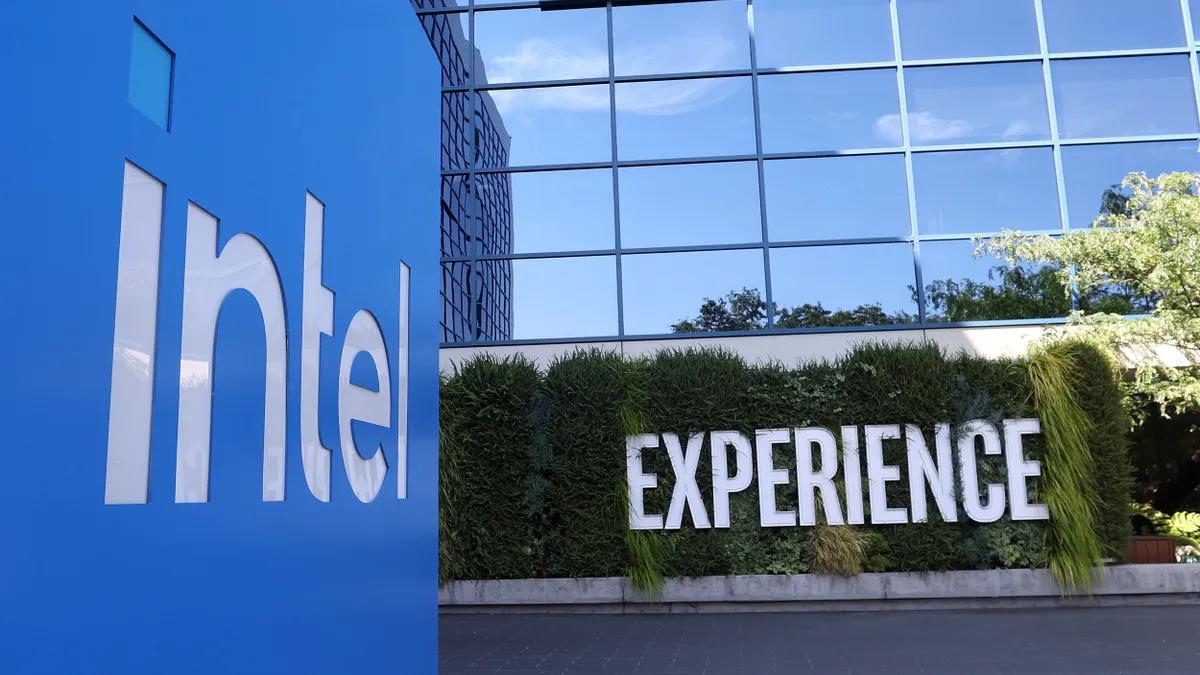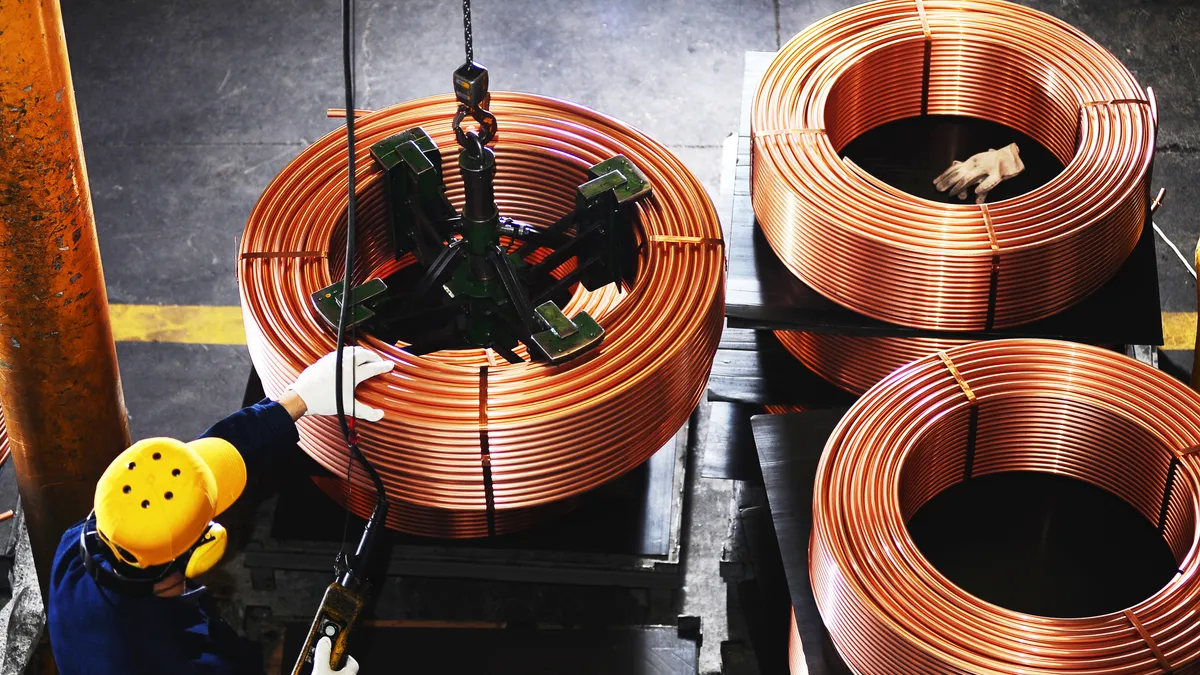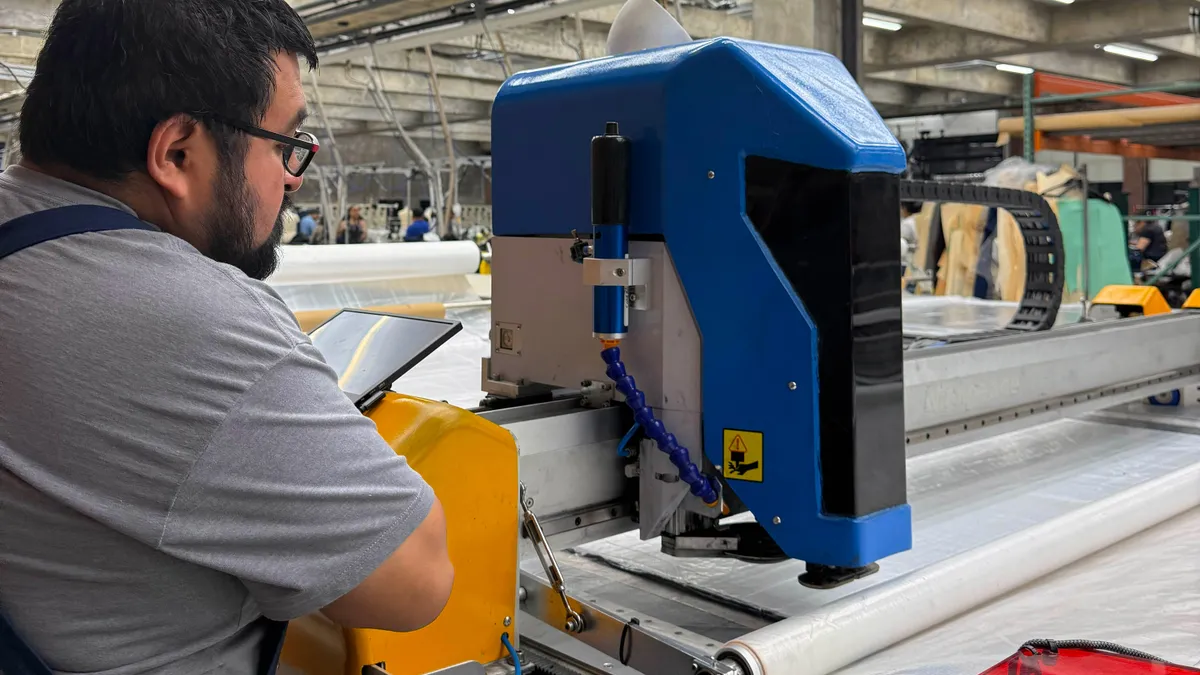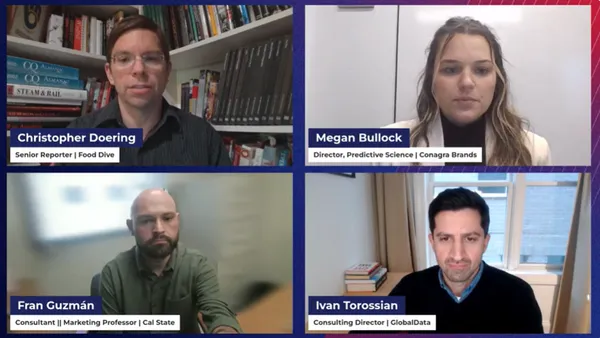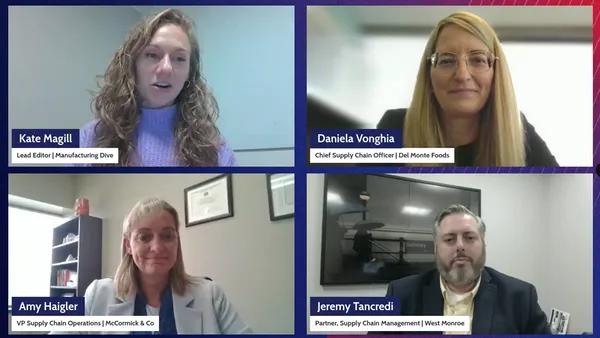Dive Brief:
- Intel's annual revenue was down 2% year over year in 2024 to $53.1 billion, as the company pushes to cut costs and make its internal foundry profitable, according to a Jan. 30 earnings report.
- The chipmaker's internal foundry business, which the company fully launched in Q1, lost $13 billion in 2024. Intel still hopes, however, for the foundry to break even by the end of 2027, interim co-CEO, EVP and CFO David Zinsner said on a Q4 earnings call.
- The company is also still on the hunt for a new CEO, after former CEO Pat Gelsinger stepped down on Dec. 1 amid the company's struggling performance. Zinsner and interim co-CEO and CEO of Intel products Michelle Johnston Holthaus said during the call the company had no updates on the executive search.
Dive Insight:
Intel's annual results, which included Q4 revenue down 7% YOY to $14.3 billion, marked a bland end to a tough year for the chipmaker.
The company announced plans to lay off 15% of its workforce in August in a bid to save $10 billion as it struggled under its new operating model.
The chipmaker is still hedging against market volatility, including the now newly announced tariffs under President Donald Trump. Zinsner said on the call the company saw orders up more in Q4 as customers front-loaded orders ahead of possible tariffs, which could then bring demand down at the start of 2025.
"In a couple of instances, customers ordered more than we think they were digesting," Zinsner said. "We know tariffs are a big subject of a lot of our customers. It was in the region you might expect, in the Asian region that we saw this.”
Entering the new year, Intel is pushing to keep up with competitors like Taiwan Semiconductor Manufacturing Co. when it comes to building AI chips.
"AI is not a market in the traditional sense. It's an enabling application that needs to span across the compute continuum from data center to the edge," Holthaus said on the Q4 call. "As such, a one-size-fits-all approach will not work, and I can see clear opportunities to leverage our core assets in new ways to drive the most compelling total cost of ownership across the continuum."
Intel is hoping its CHIPS and Science Act funding can help it reach those goals. The company was granted $7.9 billion under the law to aid in building chip factories in Arizona, New Mexico, Ohio and Oregon.
Of that money, it has received $2.2 billion so far as part of the funding's milestone structure, according to the earnings release.
Whether Intel and other chipmakers will still receive all of their finalized funding remains unclear under the Trump administration. Commerce Secretary nominee Howard Lutnick refused to say during a Senate hearing last week whether he would honor the contracts.



